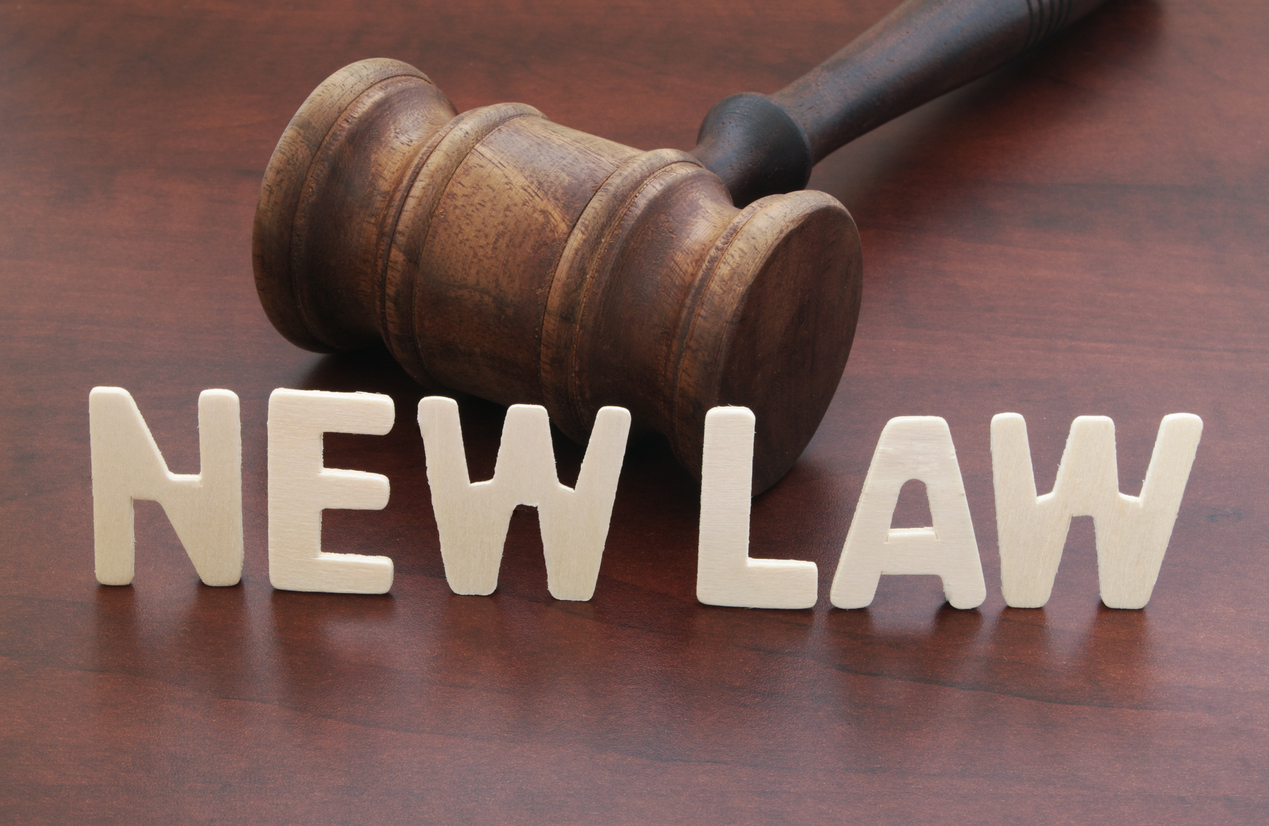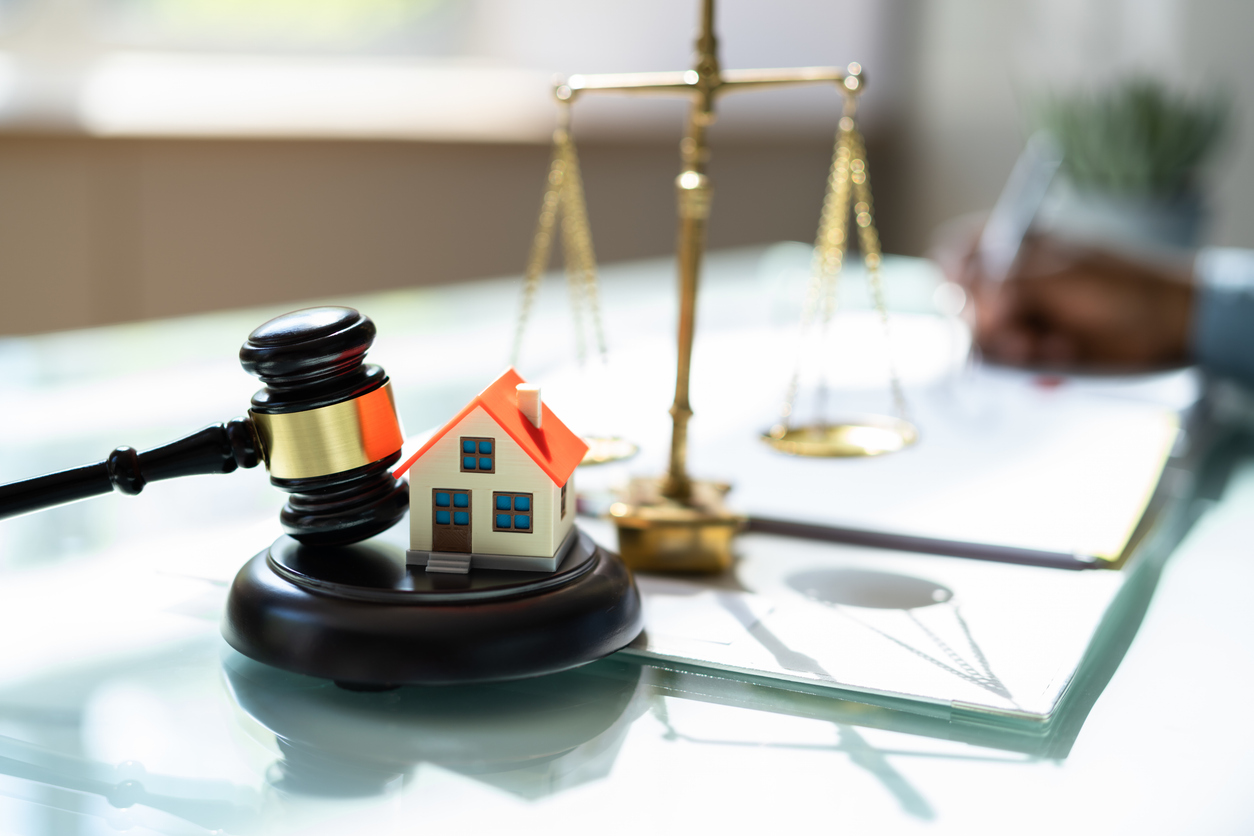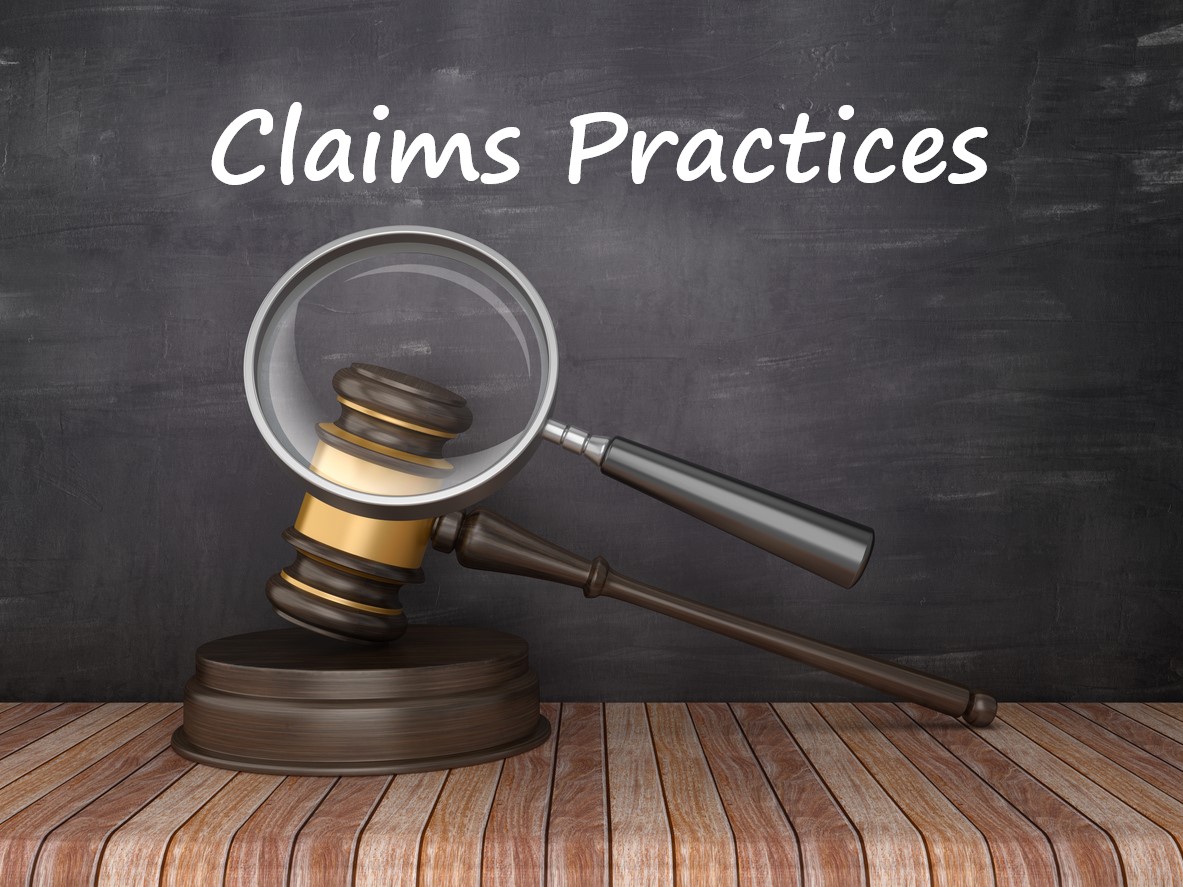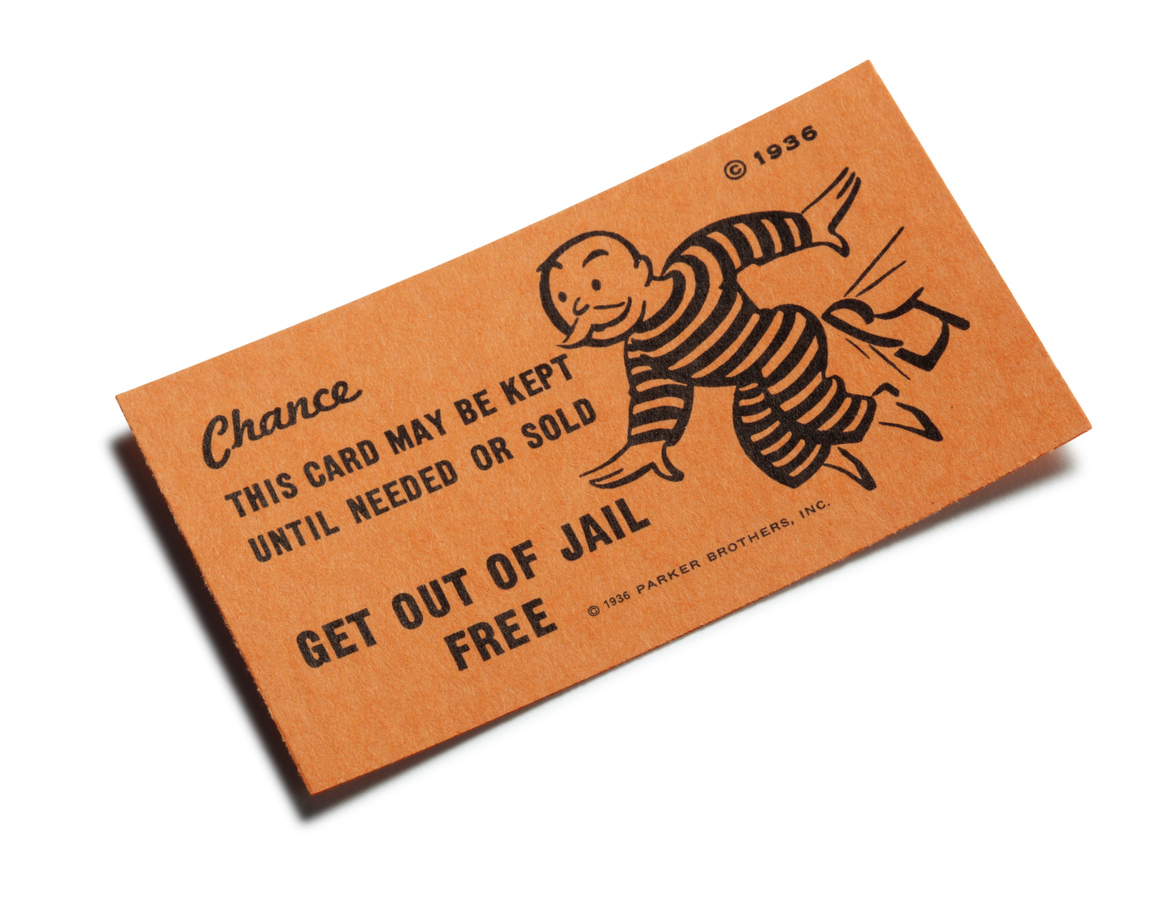The “Hurricane Season from Hell” 1 is upon us. Hurricane Beryl, a Category 5 storm at peak strength and a rarity for July, impacted the Texas coast only weeks ago. As we inch closer to the statistical height of the Hurricane Season, Louisiana policyholders need to be aware that very significant revisions affecting first-party claims against their insurance companies took effect in Louisiana on August 1, 2024.
Act No. 113, signed by Governor Landry on May 21, 2024, added a seventeenth codified unfair claims settlement practice to Louisiana Revised Statute 22:1964(14). 2 The newest addition is a very important tool for the policyholder seeking to establish the insurance company’s bad faith by demonstrating that the field adjuster’s original estimate – based upon his technical knowledge, experience, and examination of the property – reasonably scoped and valued the damage. However, subsequent revisions of that estimate by insurance company staff, who did not personally inspect the damaged property, were to the detriment of the policyholder, resulting in an under-scoped and under-valued damage estimate.
In Louisiana, it now constitutes an unfair and deceptive practice for an insurance company:
Failing to make available, upon the written request of an insured, the original field adjuster’s repair estimate, and if the estimate was revised, failing to identify the person who made the revisions.
The policyholder should interpret the phrase “identify the person who made the revisions” of the estimate in the broadest possible sense and should request information establishing the authority for the person who revised the estimate to perform that revision.
This is another weapon in the policyholder’s arsenal. In every claim, the policyholder should submit two separate written requests: The first request should be for the original field adjuster’s repair estimate, to be provided within thirty (30) days of the receipt of the written request, unredacted, unmodified, unedited, and unrevised. The second request should be for the name, role or position, and contact information, for any revisions that were made to the original field adjuster’s repair estimate.
Once received, the policyholder should scrutinize the original estimate and the subsequent revisions. The policyholder should question: Were damaged items included in the original field adjuster’s estimate but excluded from the official (revised) estimate? Were the values of damage repairs in the original field adjuster’s estimate reduced in the official (revised) estimate? Was the value of the original field adjuster’s estimate higher but revised downward? Did the revisionist provide an explanation for the exclusion of the line items in the estimate or the reduction in the values of the repairs in the line items? Depending on the disparity of the values in the original field adjuster’s estimate, the policyholder may choose to challenge the revised estimate or the original estimate by hiring a public adjuster or retaining learned counsel to pursue an action predicated on the insurance company’s bad faith.
1 https://www.weatherbell.com/hurricane-season-from-hell-first-look
2 R.S. 22:1964(14)(q), took effect on August 1, 2024.




